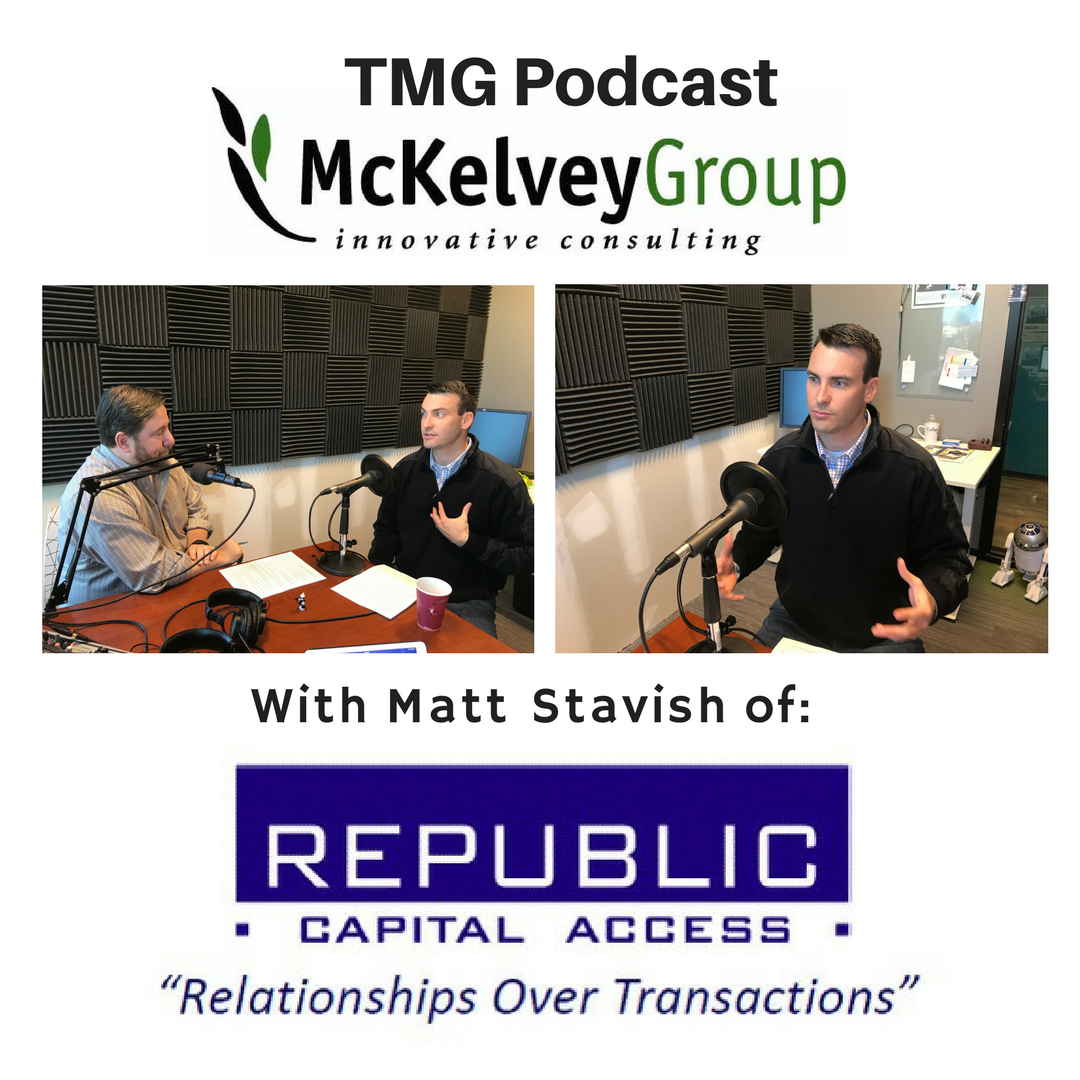Margins vs Interest Rate; Some Companies are Missing the Real Story
“Interest rates are rising and cutting into the margins of small businesses.” This is a common gripe amongst business owners.
The WSJ Prime Rate is 5.00% – a historically low number notwithstanding several Fed interest rate hikes. For historical perspective, in 2001 the Prime Rate was 9.00%¹ .
So, are interest rates cutting into margins?
The verdict: Slightly; but not enough to matter.
The impact that interest expense has on margins is often overestimated. Let’s look at an example of a business billing $100 per month; with a revolving line of credit of $100; paying 6% annual interest on the line; and generating a 6% margin.
After interest expense, the business makes $5.50/month – $6 of margin less $0.50 in interest expense.
Over the course of the year, the company will pay $6 of interest ($0.50 per month for 12 months) but will make $72 of margin ($6 per month for 12 months), thus the company will pocket $66. Regrettably, some business owners figure that if they have 6% margins, and pay 6% interest, the interest eats up their entire margin. Clearly not the case.
Even if the company had a non-bank expensive FinTech lender (Guido the loan shark) at 18% annual interest rate their margin would be the same $72 annually with Guido’s cut being $18, thereby pocketing $54.
So what is squeezing the business? Other factors, like fringe rate increases, have a much larger impact
In the above scenario, interest rates are only .50% of each invoice. If fringe is 10% of each invoice, the impact of a 10% increase in fringe costs would have 200 times the impact of a 10% increase in the WSJ Prime rate to 5.50%.
Margins are getting squeezed but the culprit is not rising interest rates but rising fringe costs driven mainly by health care costs. While interest does matter – it is not hurting the bottom line as much as other factors.










